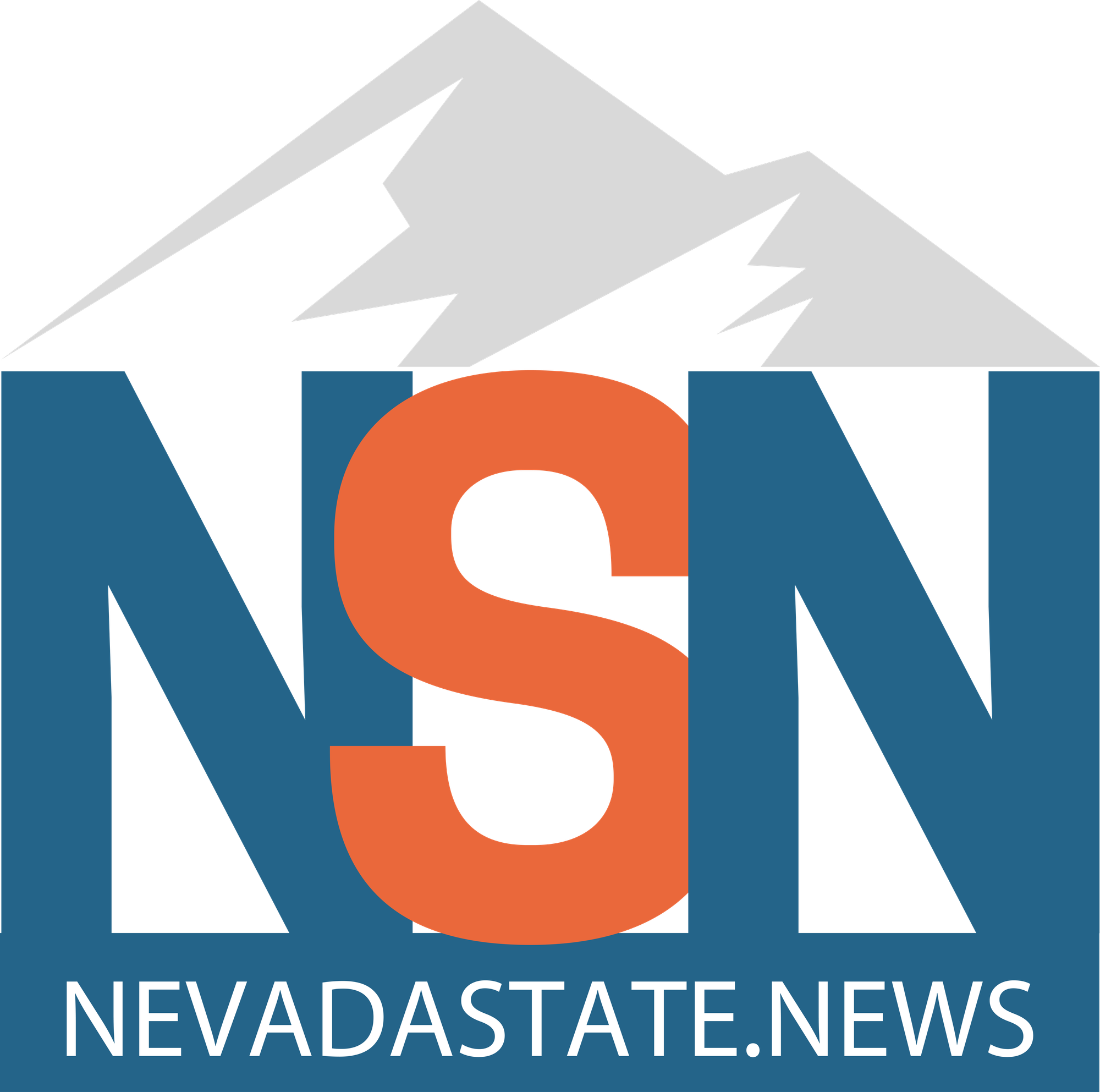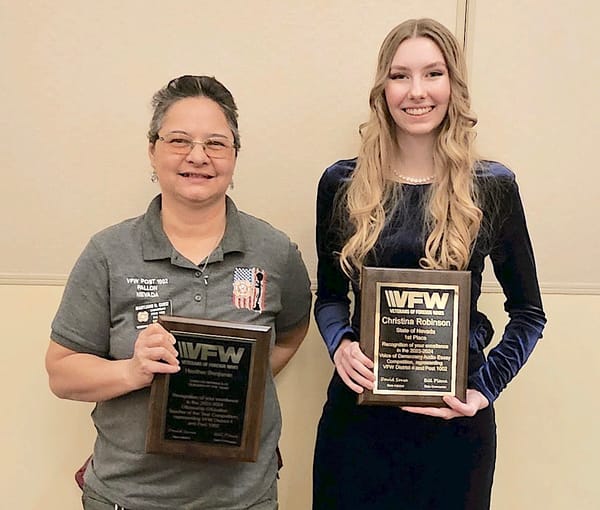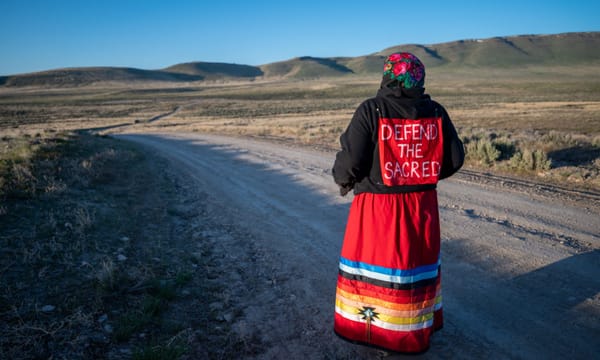Report underscores limits of state’s surprise billing law

New federal protections included in
recent relief bill take effect in 2022
By Michael Lyle, Nevada Current
This story was originally published by Nevada Current
CARSON CITY–Lawmakers approved legislation in 2019 to prevent out-of-network health care providers from gouging emergency room patients with surprise medical bills, and create a resolution system for providers and insurers.
A recent report from the Nevada Department of Health and Human Services analyzing implementation of the law showed the Office of Consumer Health Assistance received 782 applications for resolution review, with 97 reaching a final decision.
While the Office of Consumer Health Assistance is still working out the kinks of the application and arbitration process, Carrie Embree, the governor’s consumer health advocate, said in the end the legislation is working by preventing patients from getting unnecessary medical bills.
“This has saved consumers $250,614.97,” she said. “That was based on 601 consumers.”
The savings weren’t mentioned in the report, but an amount the office calculated after the fact.
Fewer than 800 applications in a state of 3 million people may not seem like a lot, especially given the uproar in recent years over surprise billing.
But Karen Pollitz, a senior fellow at Kaiser Family Foundation, said a small number of cases is expected since states only have oversight over limited categories of insurance policies.
“The numbers are always going to be low because state law only applies to a small number of plans that states can regulate,” she said. “States by and large are preempted from regulating job-based plans.”
She added that New York, with a population pushing 20 million and one of the earlier states to tackle surprise billing, only had 1,148 cases go through arbitration in 2018.
The federal No Surprises Act, which was included in December’s omnibus bill that both funded the federal government and provided additional economic relief, will go into effect in 2022 and usher in new federal consumer protections against surprise medical bills.
“The expectation is when the federal law takes effect there will be millions of these bills that would come through the system,” Pollitz said. “State law and protections can remain in place for the plans that Nevada regulates. But employer plans, they will have to follow the federal law starting next year.”
So what’s in the report?
After years of back and forth around the idea, Nevada passed Assembly Bill 469 in 2019. The legislation makes it so an out-of-network provider can only charge a patient’s insurance co-payment, coinsurance or deductible in medically necessary emergency situations.
The bill also puts in a course of action for a third party provider to transfer a patient to an in-network hospital or independent center for emergency care within 24 hours.

AB 469 set up a resolution process between providers and insurers for medical claims under $5,000, which is what the Department of Health and Human Services report looked at.
Outside organizations, like the American Arbitration Association, can handle claims higher than $5,000 and are required to report to the Office of Consumer Health Assistance, Embree said. Zero claims with that dollar amount were reported.
A little more than 90 percent of the claims the office reported came from an out-of-network emergency facility, according to the report. Of the 782 applications, 507 came from Washoe County while 143 were in Clark County.
Embree couldn’t say for sure why Washoe County had a larger amount than Clark, other than perhaps Northern Nevada was more involved with the legislation and drafting regulations around it. But she said that’s just a guess.
The bulk of the cases, about 68 percent, were under $500, while another 28 percent were between $500 and $2,000. The remainder were under $5,000.
While 15 cases are still under review, only 262 applications met the initial criteria to proceed through the arbitration process, and 505 didn’t make it past the initial process.

The most common reason cases didn’t move forward was because of an incomplete application.
The timeline for submitting an application, which depends on whether a third party requested, received or failed to make a payment, could have prevented some cases from meeting the criteria.
“It’s definitely a learning process for all parties involved,” Embree said. “You can see that a little bit in the numbers. The time frames are challenging, just understanding those and adhering to them. That’s been a part of this process.”
While 97 received a final decision, 54 cases are still under review.
Embree wasn’t sure what the No Surprises Act, which goes into effect in 2022, will mean for the state law, but said it’s being researched now.
Pollitz said other states that have surprise billing legislation are in similar positions.
“One thing I think states might want to think about is do they want to continue to maintain the system they have for a subset of plans and then have federal law apply to everything else, or do they want to conform?” she asked.
Once the federal law kicks in, that will cover employer-based policies. Some of the tenets of the federal law are similar to Nevada’s policy.
“If you’re pregnant, you pick an obstetrician that is in network, and you go to an in-network hospital, but then the anesthesiologist who’s in on call the day you show up is out of network, that anesthesia bill is a surprise medical bill and that’s covered by this,” Pollitz said.
She said the federal law requires plans to cover these surprise bills noting that HMOs typically don’t provide coverage for out-of-network services.
“They have to apply in-network costs sharing. If you would normally pay 20 percent, for example, for hospital bills, but 50 percent out-of-network, they would have to apply the 20 percent,” she said. “The out-of-network provider has to deal directly with your plan because they are prohibited from even sending you a bill for more than the in-network cost sharing. So when you deliver a baby, before the anesthesiologist sends you a bill, they are going to have to check and see what your insurance is and find out the in-network cost amount and only send you a bill for that. If they violate that, it’s a fine of up to $10,000 per violation.”
Pollitz said the final, and most contentious component of the federal policy involves payout.
“There is an opportunity for providers and plans to try to work it out and see if they can come to an agreement,” she said. “If they can’t, they could go through a mediation process or independent dispute process, which I think is similar to what is in Nevada. The federal government is going to set up a system of mediators essentially. The plan will submit its bid on how much they think is reasonable to pay for the surprise medical bill. The doctor or hospital will submit their bid on what they think is reasonable. They can make their cases and the mediator picks one. The loser pays the cost of the arbitration.”





